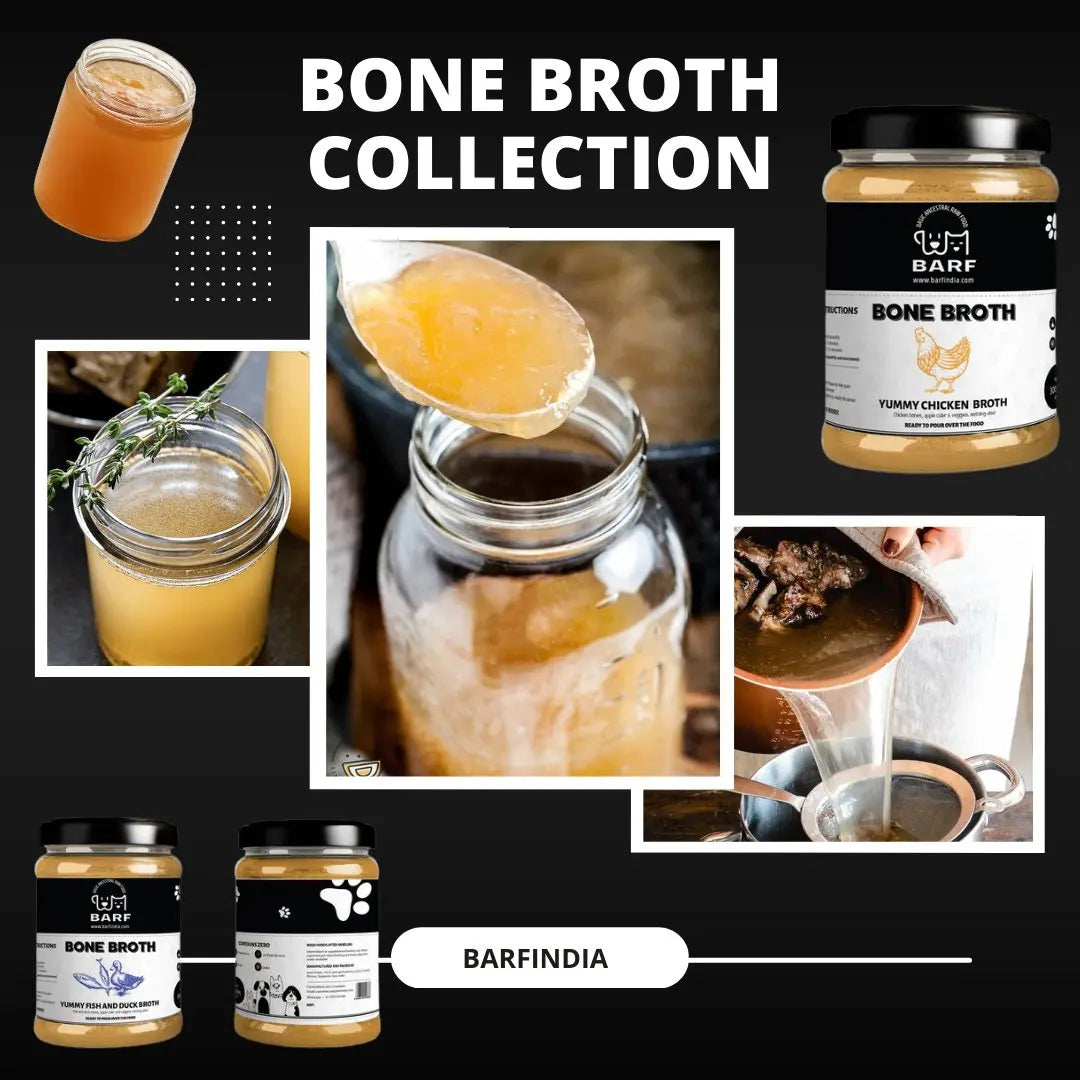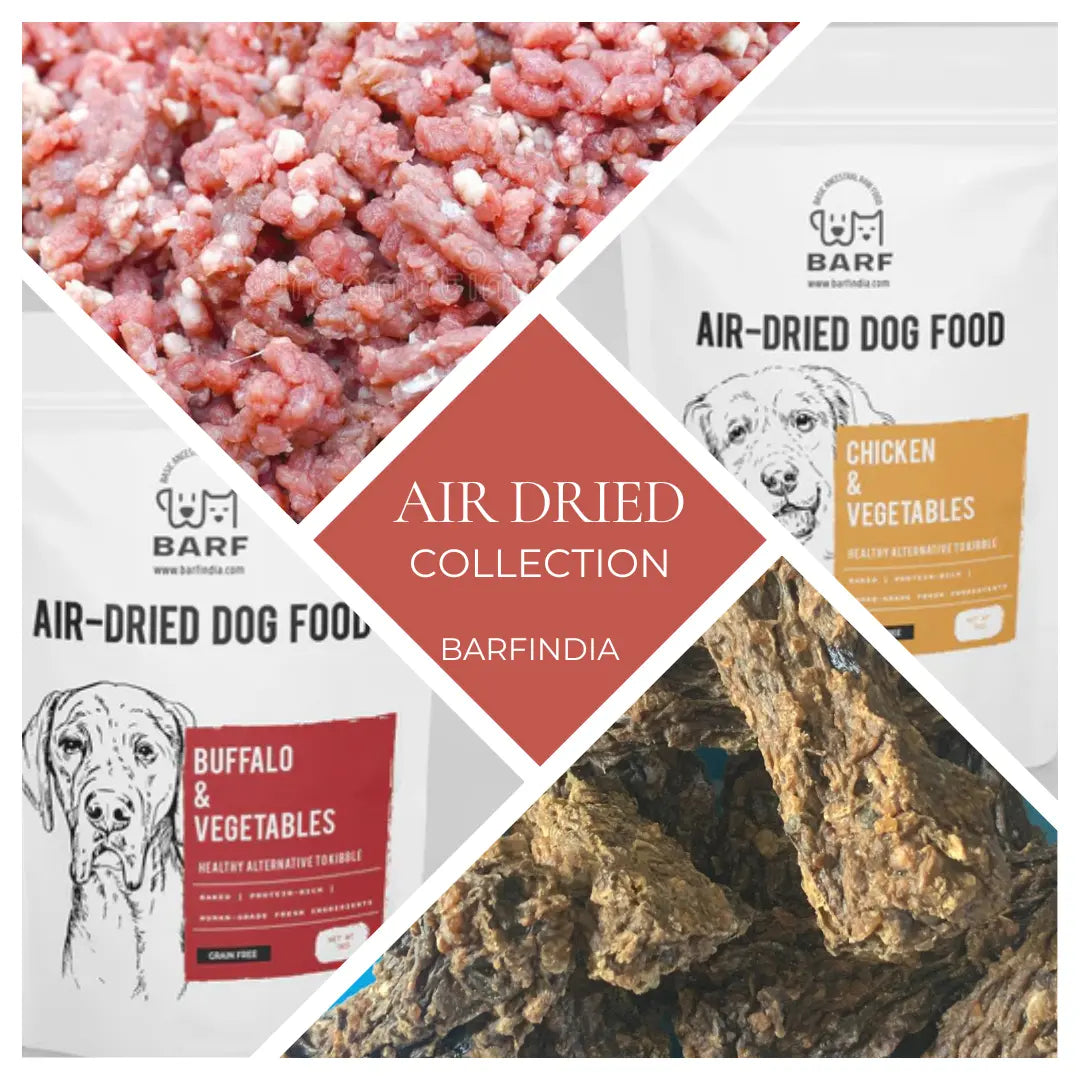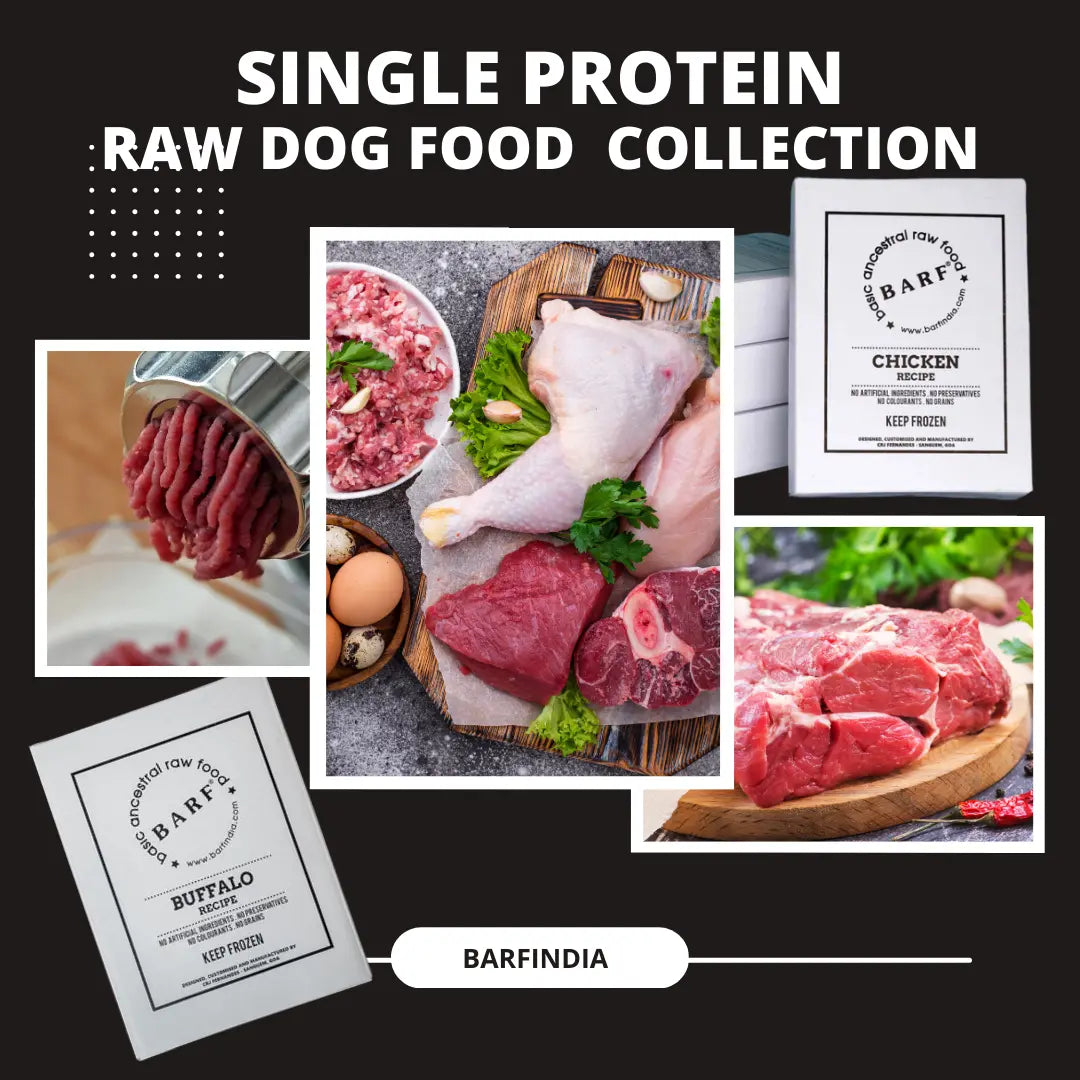
Raw Feeding? How to transition your dogs to RAW Food?
B.A.R.F. India AdministratorRaw Feeding: How to Transition Your Dog to a Raw Diet Safely
A Step-by-Step Guide to Raw Feeding for Pet Parents
Raw feeding is more than just a dietary shift—it’s a return to nature. But transitioning your dog to a raw diet can feel overwhelming at first. You might wonder how to begin, how much to feed, or how your pet will react.
Fortunately, with a little patience and the right approach, raw feeding becomes manageable—and incredibly rewarding.
At BARF India, we understand the emotional weight behind what you feed your dog. After all, our pets are family. As health issues linked to processed kibble rise, more pet parents are turning to fresh, species-appropriate diets. That’s where raw feeding shines.
Is Overnight Raw Feeding Right for Your Dog?
For young, healthy dogs with robust digestion, transitioning to raw food overnight can work well. It’s quick, simple, and effective—if your dog is ready for it.
However, not all dogs adjust the same way. Sudden dietary changes can cause mild issues like loose stools or reduced appetite. Don’t panic. These symptoms often indicate your pet’s body is adapting to the cleaner, unprocessed food.
That said, if your dog has a sensitive stomach or existing health conditions, a slower transition may be more appropriate.
Raw Feeding Transition: Three Proven Methods
To make the switch smoother, choose the method that best suits your dog’s needs and current diet.
1. The Trick and Treat Method
Start small. Offer raw food as a treat and watch how your dog responds. Monitor their stool and energy levels. If all looks good, slowly increase the raw portions over a week.
By days 8–10, you may be able to fully switch to raw meals. This method is especially effective for puppies and dogs with no history of dietary issues.
2. The Mix and Mingle Approach
For this strategy, blend raw food with your dog’s existing diet in increasing proportions:
-
Day 1: 25% raw, 75% current food
-
Day 2: 50–50
-
Day 3: 75% raw, 25% current
-
Day 4+: 100% raw
Avoid mixing kibble and raw in the same bowl. It can confuse digestion and reduce the benefits of raw feeding. This method is ideal for dogs with moderate sensitivities.
3. The Apportioned Approach
This method involves feeding cooked and raw meals at separate times. For example, serve cooked food in the morning and raw food at night. Over the next several days, reduce the cooking gradually—until your dog is eating fully raw.
It’s perfect for dogs with sensitive stomachs or those recovering from illness.
Raw Feeding for Dogs with Gastrointestinal Issues
Dogs already struggling with GI conditions need extra support. Begin with ground raw meals without bones. Cook the food lightly at first and increase rawness over time.
As your dog adjusts, gradually introduce organs and other whole food components. Always observe their response and adjust accordingly.
Watch for Detox Symptoms
During the early phase of raw feeding, your dog may experience detox symptoms like:
-
Watery eyes
-
Mucus-lined stools
-
Itchy or dry skin
-
Increased shedding
These are normal. They signal your pet’s body is eliminating built-up toxins from previous diets. Provide fresh water, regular walks, and emotional reassurance to support the process.
How to Ensure a Hassle-Free Raw Feeding Transition
For a smooth transition, introduce new ingredients gradually and with intention.
Start with one protein, such as chicken. After 1–2 weeks, add other meats like lamb, fish, or buffalo.
Add edible bones carefully. Start with softer options and avoid heavy knuckle bones that may damage teeth. Introduce organs slowly, keeping them to 5% of the total meal in the beginning.
Using single proteins in the early stages also makes it easier to spot allergies or sensitivities.
Final Tips for Raw Feeding Success
-
Be patient. Your dog is learning something new.
-
Stick to the plan and avoid mixing processed foods.
-
Don’t panic if your dog skips a meal or shows mild symptoms.
-
Keep feeding consistent and allow your dog to adjust.
Support your pet with gentle care, probiotics, and love.
Raw Feeding is a Journey—Stay Committed
Your dog is more than a pet—they're family. And just like you wouldn’t give up on a loved one during a rough patch, don’t give up on your raw feeding journey.
With time, attention, and commitment, you’ll see your dog thrive on this nourishing, species-appropriate diet.
Have questions or success stories? Reach out to us at BARF India—we’re here to help you every step of the way.



